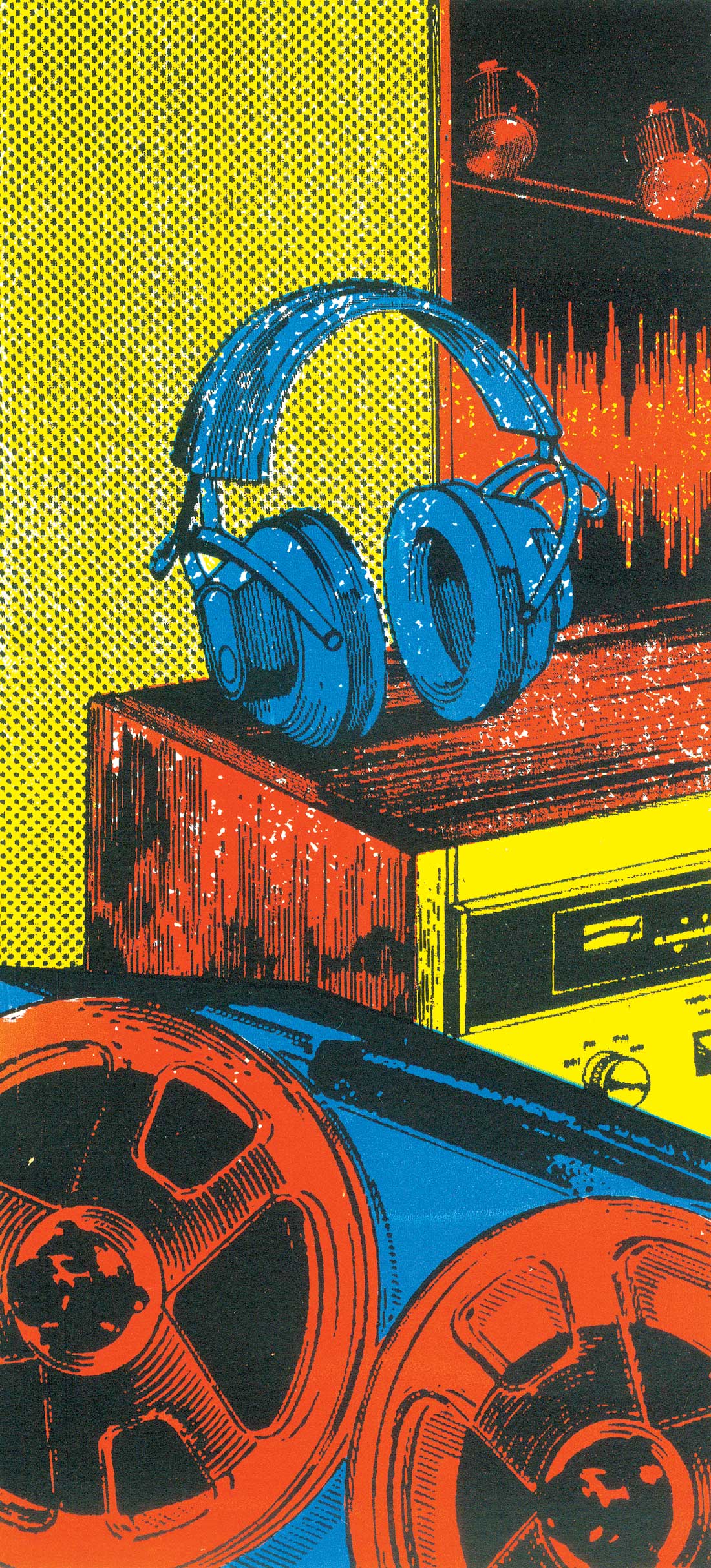Here's a pair of excellent nearfields from M-Audio. The EX66 is an MTM, or midrange-tweeter-midrange active monitor, with a 1" titanium driver centered between two 6" midrange/bass drivers. Surprisingly, the monitor is designed to be stood upright as opposed to horizontal placement. M-Audio explains that this vertical orientation provides more even diffusion and can help reduce early reflection issues; the monitors are quite tall (19" high), so this all adds up to a nice wide sweet spot in the mix position. The grey and silver MDF cabinets are imposing and handsome, although a shade too plastic-like for my tastes. But who cares what they look like, right? What-are we mixing with our eyes here?
I installed the monitors in my control room utilizing the EX66's AES digital input (fed by my Metric Halo 2882 clocked via Apogee Big Ben). A rear-panel switch determines whether the monitor being fed AES passes the left or right channel of the digital signal (the other monitor is attached to the "mama monitor" via S/PDIF). Note that all the standard analog inputs (XLR, TRS) are available as well; I was just curious to check out the digital connection. M-Audio provides a well written manual and also includes a reference test CD with calibration signals intended to help you set the monitors up properly and minimize unruly resonances. I put my lab coat on and used the CD's sine wave sweeps in conjunction with a Phonic PAA2 sound level meter to check my placement of the EX66s and determined that they sounded reasonably "flat" in my room with the Acoustic Space switch set to half, the Mid-Range Boost switch flat, and the Low Cutoff set to 37 Hz. One early mistake I made in my placement was to orient them in the traditional "pitched in" position, where the monitors face the mix position slightly angled towards center. I was less than pleased with the stereo image, but quickly discovered that M-Audio recommends that the EX66s are faced straight ahead on a level plane, stating that this orientation provides the widest stereo field and best tonality. I can vouch for that, though perhaps other factors like an exceptionally wide speaker placement might require a bit more tweaking; and the EX66 offers plenty of rear-panel options to tweak.
Despite all my obsessive fussing, it should be noted that the EX66s sounded great right out of the box. The high mids are crisp, but not piercing, with plenty of air above that. And the low-mid detail is exceptional-I mean really really good! I could hear bass information clearly, with plenty of separation and accuracy. The lows are full and kicking, and the monitors even provide a surprising degree of sub-bass range. Mixes done on the EX66s seemed to translate well to other listening environments, including my mushy car system, which is no small achievement. And I didn't note any serious ear fatigue after a long mix session, which is encouraging.
I think these monitors compare quite favorably to other reference-grade systems I've mixed through like the ADAM P-series or Genelec 1029s. They have a pleasing, accurate, and wide response and are somewhat future-proof with a variety of connections and tweakable settings. If you're looking at monitors in this price range, I would consider these strong contenders.
($1399 per pair MSRP; www.m-audio.com)
Tape Op is a bi-monthly magazine devoted to the art of record making.




_disp_horizontal_bw.jpg)